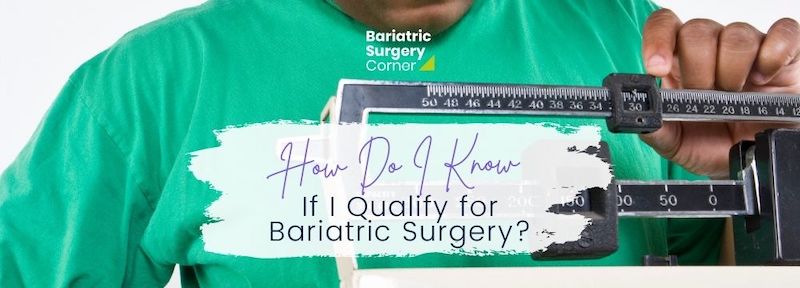Managing Stroke Risk in Patients With Atrial Fibrillation

While Atrial Fibrillation or Afib can be a debilitating condition in certain patients, the significantly increased risk of stroke most immediately concerns an electrophysiologist. Most of the initial medical interventions for Afib address the issue of stroke.
Atrial fibrillation can cause blood to pool in the Left Atrial Appendage or LAA. This is a small offshoot of the heart that has no apparent use – much like the appendix in the abdomen. When blood pools in the LAA, the risk of clotting increases. When a piece of clot detaches, it can travel to the brain, blocking essential blood vessels and ultimately causing a stroke.
The Usefulness of Wearable EKGs to Diagnose AFib

As tech companies dig deeper into the healthcare space, consumers can extract more and more data without lifting a finger. A few years ago, measuring heart rate on the go was a big deal. Recently, with Apple announcing that the FDA has cleared their latest watches as a medical device – an EKG – we have unique opportunities and some challenges.
Is the Watchman Device the Definitive Solution for Afib Stroke Risk?

In the spirit of treating significant potential risk with minimally invasive solutions, electrophysiologists now have the option to use a clever medical device to seal the left atrial appendage or LAA. This device, known as the Watchman, looks much like a parachute connected to a bio-compatible metal lattice. The Watchman fits snugly over the opening to the LAA and, over time, creates a strong barrier between the LAA and the rest of the left atrium. Doing so seals off blood clots within the LAA permanently.
How Is the Watchman Placed?
Your electrophysiologist places the Watchman in an electrophysiology or EP lab. This is a special operating room set up for catheter-specific arrhythmia procedures. The patient is sedated, and a small incision is made in the arm or the groin. A small sheath used to guide the catheter is threaded up to the heart, through a blood vessel, and positioned in front of the LAA. At this point, the Watchman is deployed and fits snugly over the opening to the LAA.
When the body detects a foreign object, it often tries to absorb or isolate it by developing scar tissue – and this is precisely the result we are looking for. Over the next several weeks, the body will develop scar tissue around the Watchman device, creating a strong and often permanent seal that keeps blood clots from the LAA filtered out of the cardiovascular system.
Watchman Procedure Information
Watchman device placement is typically very successful and safe, especially in the hands of an experienced electrophysiologist. The entire procedure takes less than an hour, not including prep and recovery time. Patients are usually released on the same day or kept at the hospital for one night for observation.
The risks of a Watchman placement are quite low. Most of the risk revolves around the insertion and guidance of the catheter up to the heart. Occasionally, patients may have some pain, blood loss, or infection at the incision site. Or rarely, there can be damage to the blood vessel walls used to guide the catheter up to the heart. Extremely rarely, patients may experience a cardiovascular event during the procedure. There is also the slight possibility that the Watchman device does not correctly seal the LAA.
However, the experience and technique of the electrophysiologist help mitigate these risks, and most often, the procedure is exceptionally successful.
If you are at risk of stroke due to Afib, we encourage you to make an appointment with your electrophysiologist to learn more about your options and the best ways forward. From lifestyle change to curative procedures, they have a wide range of options to handle any arrhythmia – straightforward or complex.
How Do I Know If I Qualify for Catheter Ablation?
In the surgical world, there are few procedures that require as much preparation as Catheter Ablation. For example, hernia, gallbladder and even GERD patients may only need a consultation and a test or two before having the procedure. On the other hand, Catheter Ablation patients will undergo a full suite of cardiopulmonary and psychological testing; some will require a medical weight loss program and potentially more.

The process from deciding to have Catheter Ablation to the surgery date itself may require anywhere from 3-to-6 months depending on the patient’s general health and how they plan to pay. To start, many patients wonder if they are even candidates for Catheter Ablation. There are certainly standardized criteria that both the surgical practice and the FDA have outlined as necessary to have Catheter Ablation, such as a BMI of 35 or more with one or more obesity related comorbidities or a BMI of 40 or more regardless of comorbidities.
How to Prepare for Your First Consultation
Your first consultation represents a very important start to the weight loss surgery process. You will have been introduced to one or more practices by attending a weight loss seminar. And while attending a bariatric seminar offers a degree of insight into the options, benefits, and risks of each bariatric procedure, it is not it does not mean that you necessarily qualify for Catheter Ablation. In fact, several tests to evaluate your suitability for surgery will be performed in the lead up to the procedure itself. The first step in that process, is to sit down with a bariatric surgeon for a consultation.
Is Catheter Ablation a Drastic Measure?
Many prospective Catheter Ablation patients believe that surgical intervention for obesity is a drastic measure. They’re concerns are understandable because surgery is, after all, invasive. Consequently, there are risks associated with any surgery including a weight loss procedure. It is important to remember, however, that while surgery is a last resort, it is also currently the most effective long-term method to combat obesity.
It’s also important to remember that other weight loss options may not be as safe or as effective as Catheter Ablation. For example, some may take dieting and/or exercise to the extreme causing significant stress on the body that can ultimately compromise their general health – physical and psychological. Further, diet and exercise regimens are not usually successful over the long-term and patients often regain some or all their weight, sometimes adding even more. Diet supplements have also flooded the market. These pills can be ineffective or even dangerous and there is very little oversight on the part of the federal government. Some diet pills contain extremely high levels of caffeine or other chemicals that can cause or worsen medical conditions.


